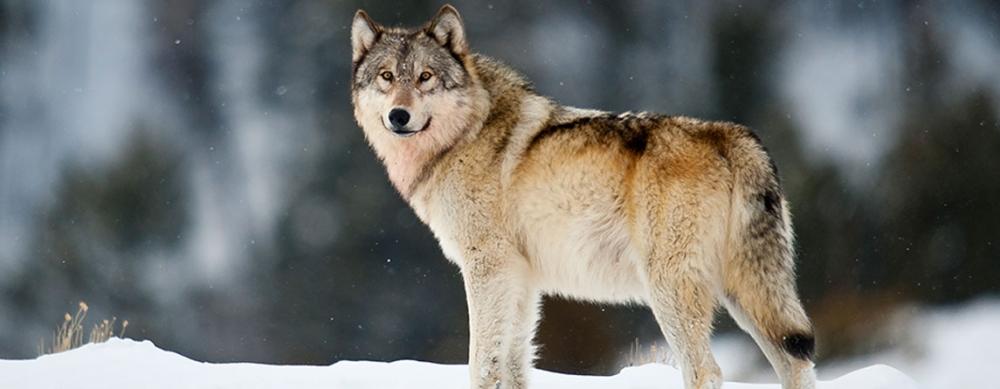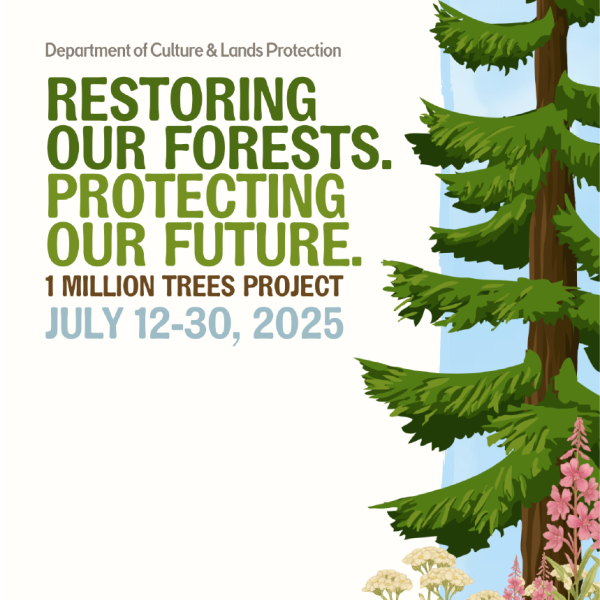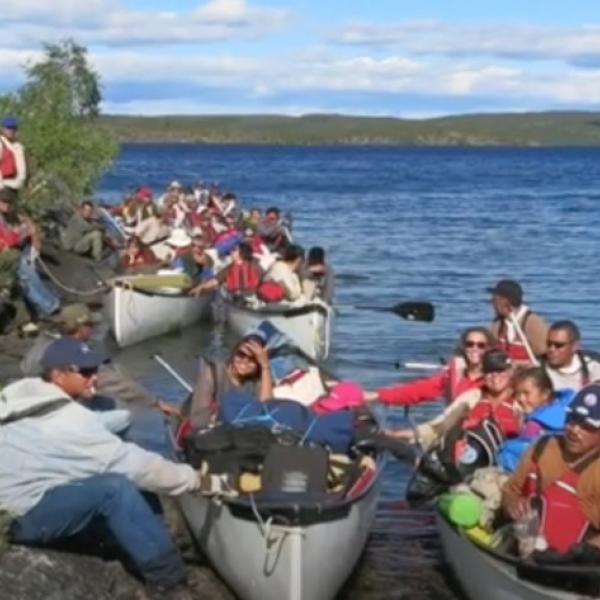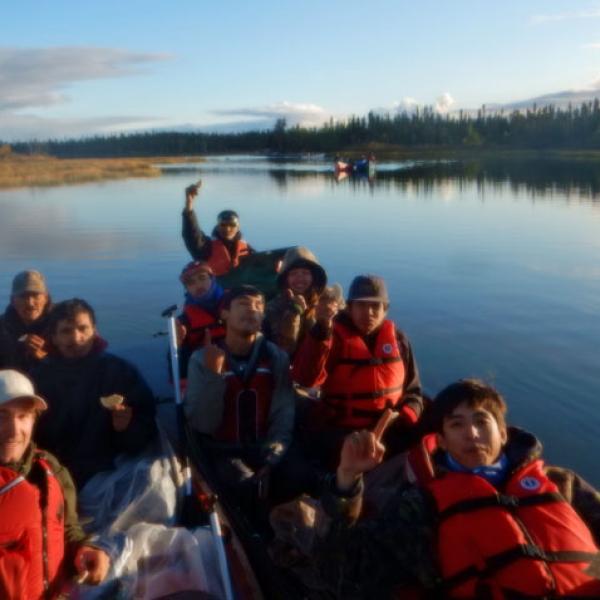Wolf Technical Feasibility Assessment: Options for Managing Wolves on the Range of the Bathurst Barren-ground Caribou Herd
The assessment was done to fulfill commitments made by Environment and Natural Resources (ENR) to conduct a collaborative feasibility assessment of dı̀ga (wolf) management options for the range of the Bathurst herd, including areas within and outside of Wek’èezhìı. In December 2015, a “Joint Proposal on Caribou Management Actions for the Bathurst Herd: 2016-2019” was submitted by Tłı̨chǫ Government, and ENR, to the Wek’èezhìı Renewable Resources Board (WRRB). In the joint management proposal, ENR stated it would carry out the outstanding technical feasibility assessment of dı̀ga management options, with the assessment completed collaboratively with TG and the input of other interested parties. During the 2016 Bathurst Caribou Herd Public Hearing, it was clarified that that the WRRB would be part of the assessment. Further discussions led to the WRRB ‘s recommendation indicating the WRRB would take the lead. Subsequent discussions led to the establishment of the Wolf Feasibility Working Group, which relies on a collaborative process. The Wolf Feasibility Working Group has been meeting since May 2016.
What is the feasibility assessment?
As a whole, the assessment addresses questions such as: “What types of dı̀ga management are possible?”, “What do dı̀ga management techniques require to be successful?” and “How would we know that dı̀ga management is helping the Bathurst herd?”
Next steps?
This assessment does not take a position on dı̀ga management, nor does it make any recommendations or proposals on what should be done. This assessment will be used by management authorities to decide what, if any, management options to consider as part of the overall Bathurst caribou management approach. Prior to implementation of any dı̀ga management actions, consultation with indigenous governments and organizations with wildlife management authority for the Bathurst herd is required. Further, the submission of a management proposal to the WRRB would also be required. The submission of a proposal would result in the commencement of public proceedings, which would involve review of the proposed management actions and any supporting evidence for the proposed actions, and decisions and recommendations. Any proposals for actions on the Nunavut portion of the range would have to follow appropriate processes in that territory.
Link to the document:







